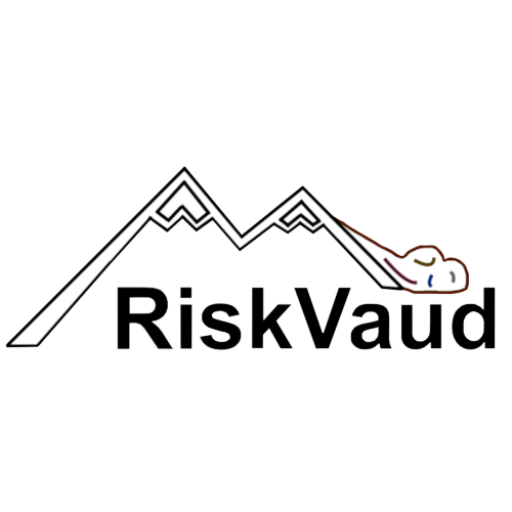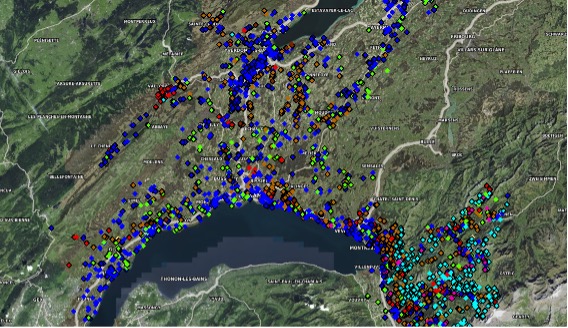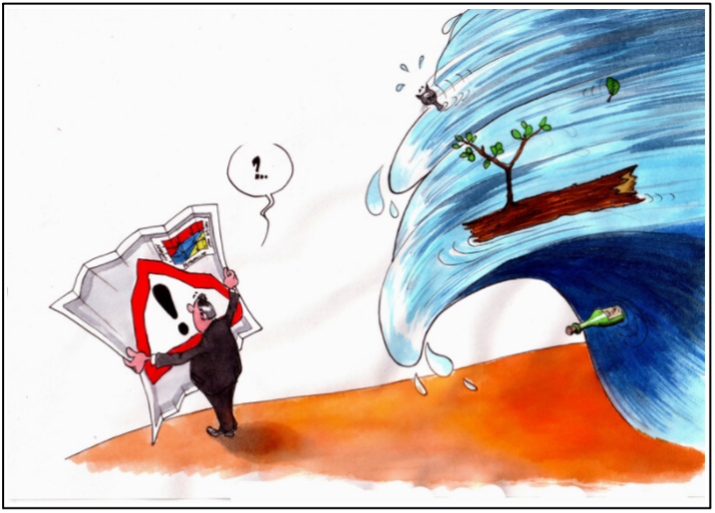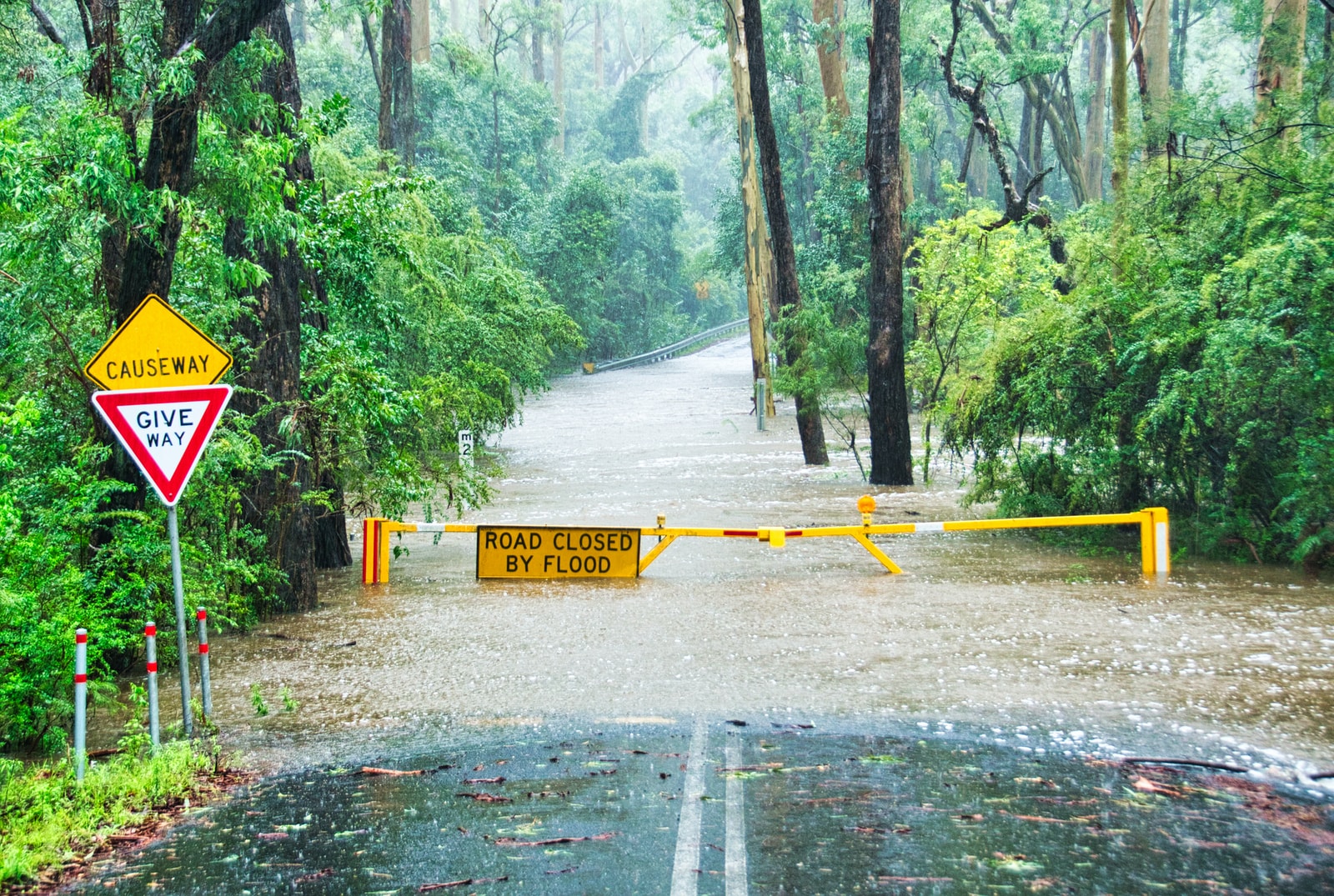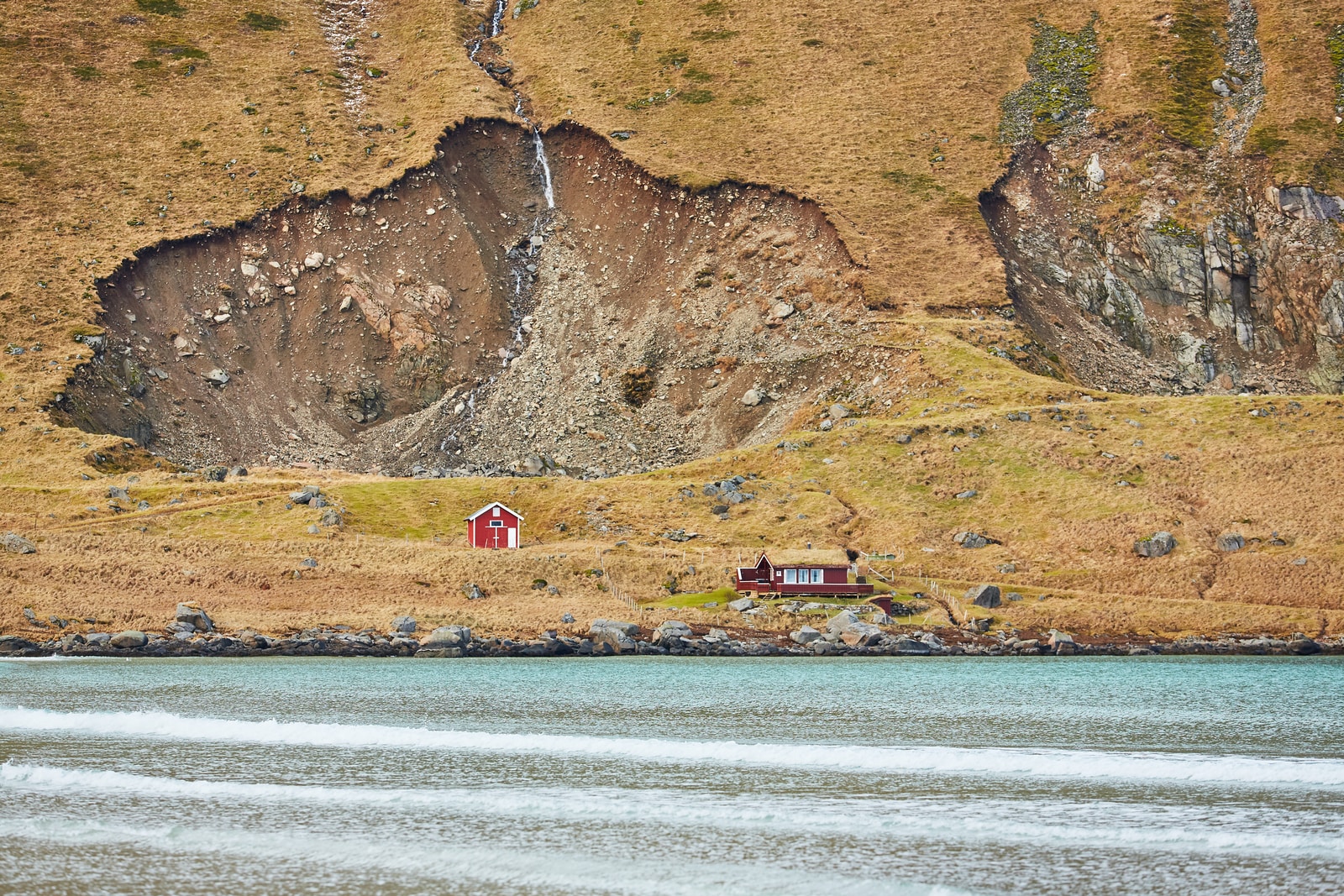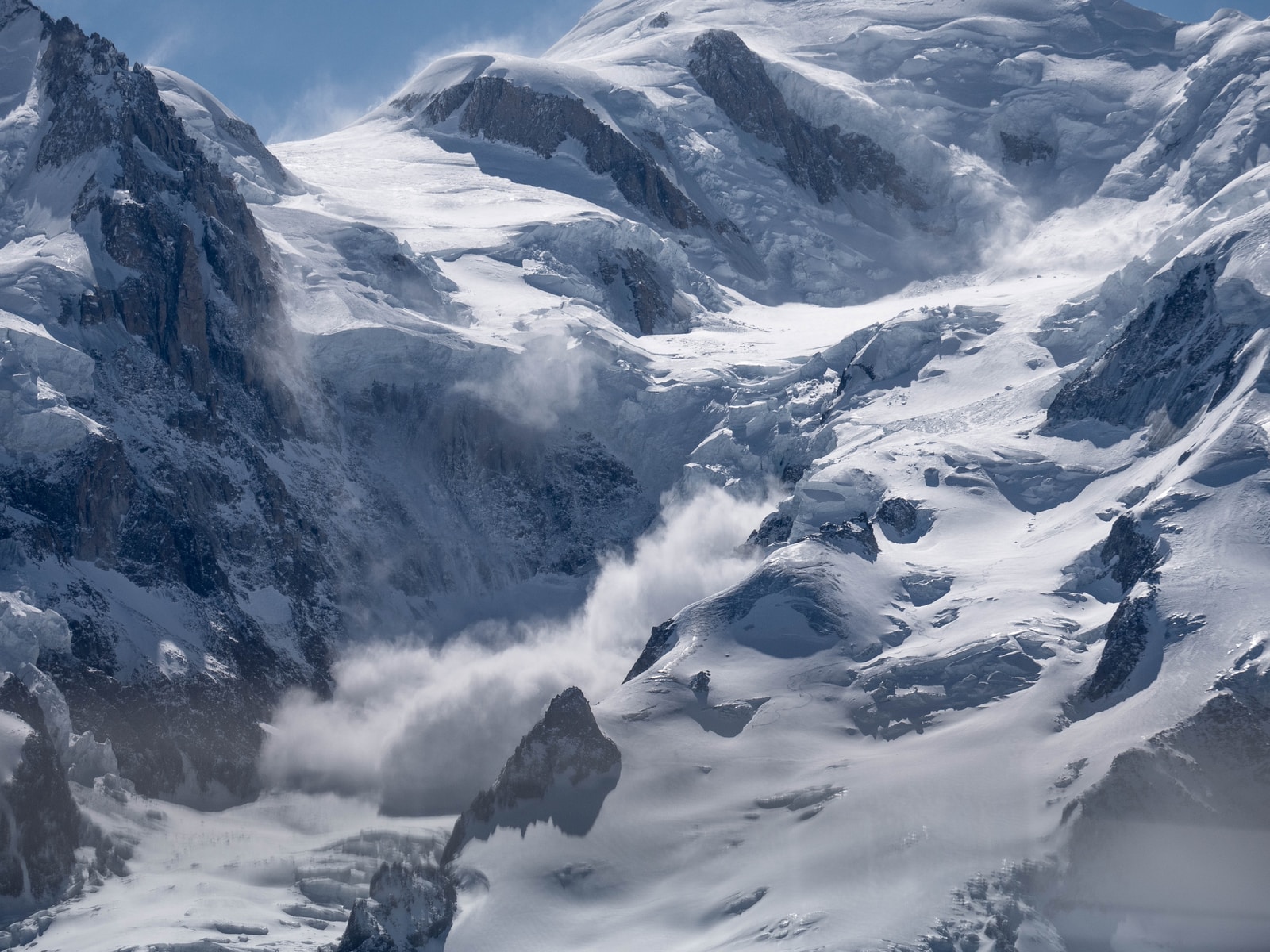Hazards
By Nicolas Serrano
Hazards are defined as all those phenomena that are dangerous or that can potentially generate damage to communities or the human environment in general. For this reason, hazards are usually divided into natural (or physical) and anthropogenic hazards. Considering the large number of hazards to which a society can be exposed, at RiskVaud we concentrate mainly on natural hazards.
What are the natural hazards?
When we talk about natural hazards, we narrow the definition of hazard to the phenomena that occurs due to natural processes without direct human influence. Natural or physical hazards have different origins or triggers, these can be related to shortage or excess of rainfall (hydrological hazards), destabilization of slopes and overloading of drainage (hydrogeological hazards), earthquakes and tsunamis (seismic hazards), lava flows and ash falls (volcanic hazards) or extreme weather and storms (atmospheric hazards). It is common for such events or hazards to trigger other hazards, known as the cascade effect, e.g. heavy rainfall can generate flooding which in turn can destabilize the terrain causing subsidence, debris flows and landslides.
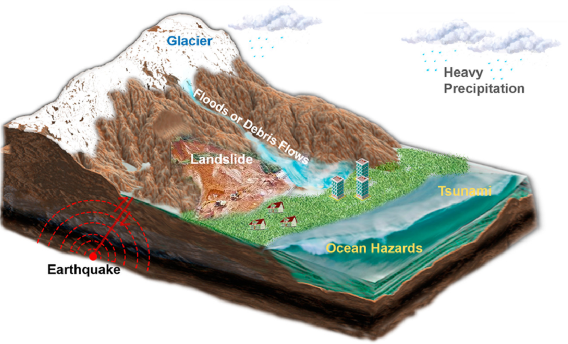
Geological, climate and topographic conditions define the hazards a settlement will be exposed to. Source: Scientific challenges of research on natural hazards and disaster risk. Author: Peng Cui and others
There are numerous terms related to natural hazard events and it is important to understand their concepts. As mentioned earlier, the capacity to harm humans or their environment is the key to natural hazards, so if a river overflows and floods a plain with no human influence, it is considered a natural phenomenon, whereas if the plain has settlements, buildings or grazing animals, it is considered a natural hazard. When impacts and losses reach considerable levels, they are defined as natural disasters.
Why is it important to study and understand natural hazards?
The first step in defining risk is to understand the hazards that cause it. Each geographical location has sets of geological, topographical and climatic characteristics that make it vulnerable to different hazards.
For this reason, it is vital to promote the understanding of hazards among governmental entities. Among the most important characteristics of hazards there is intensity and magnitude, which can refer to the speed of winds in a storm, height of water in a flood, volume of earth displaced in a landslide, energy released in an earthquake or volcanic eruption, etc.
Hazard zoning for floods for the city of Lausanne, colors represent different levels of danger.
Equally important is the frequency with which these hazards can occur with a certain intensity, which is related to the return period, a term commonly used to classify events according to their intensity and frequency. It is assumed that events with longer return periods tend to be more intense and vice versa. For example, large magnitude earthquakes (>9) tend to occur several years apart while many smaller magnitude earthquakes (<3) can occur in a matter of hours or days.
In order to understand the characteristics of hazards, it is necessary to study their generation mechanisms and their behavior once they are generated. For example, studying soil mechanics makes it possible to anticipate the consequences of placing a construction on a hillside or its reaction to heavy rain, in the same way meteorological information makes it possible to forecast the intensity and direction of a hurricane or a storm. Databases of past events, also called hazard catalogues, are key in the study of different natural phenomena, and for this reason it is important to generate records such as inventories of landslides and earthquakes, historical rainfall and maximum intensity of historical events in general.
Hazard catalogue for the Canton of Vaud. Each point represents an event with each color standing for a different type of hazard (e.g. floods=blue, rock fall=red, avalanches=cyan).
Can we reduce Natural Hazards?
It is very difficult to reduce a natural hazard, but it is possible to mitigate the potential damage to communities and structures. In this sense, understanding the concepts of vulnerability and exposure is key, as they are the most effective way to reduce the severity of natural hazards and prevent disasters.
For this reason, improving knowledge about hazards is vital for hazard mitigation. The assessment and zoning of hazards makes it possible to know the probability that a certain area will be affected with a given intensity and frequency and thus, action plans can be designed, including structural mitigation measures (dikes, barriers, rock traps, etc.) and non-structural measures such as policies to control new settlements, avoid deforestation in susceptible areas, etc.
References
Direction générale de l’environnement, État de Vaud. www.vd.ch/themes/environnement/dangers-naturels/
National platform for natural hazards. www.planat.ch/en/
United nations office for disasters risk. www.preventionweb.net/understanding-disaster-risk
Geoportal Canton of Vaud. www.cdn.vd.ch
